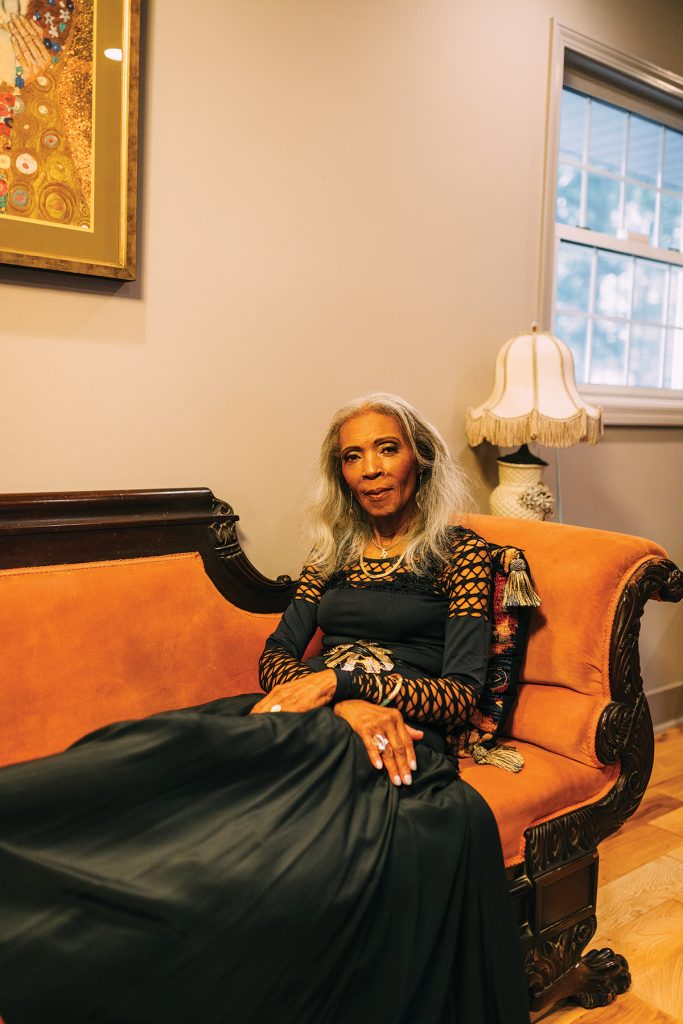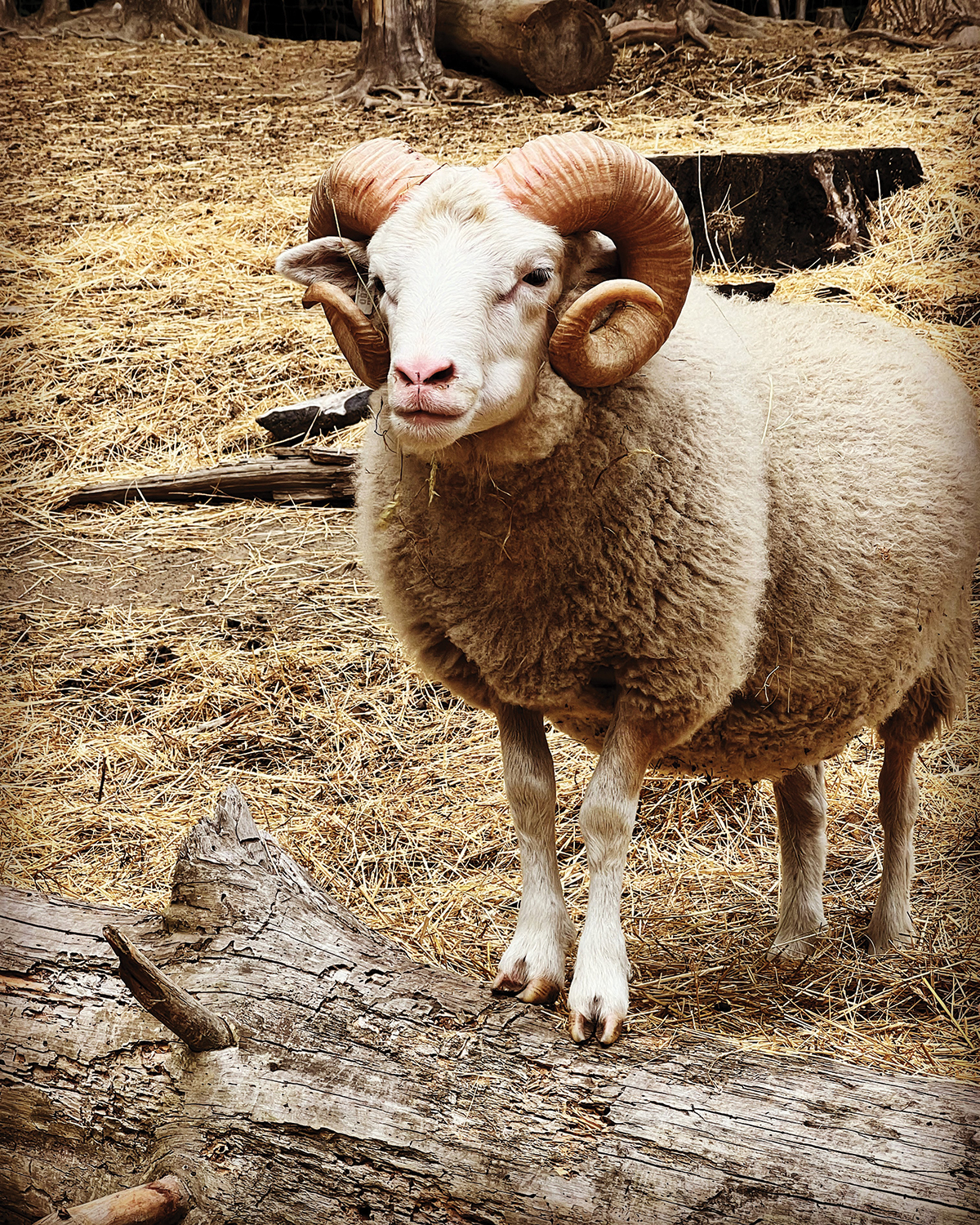“Drabble” writer promotes microfiction genre with monthly contests

QUEEN OF THE CONCEPT
Arlene Duane Hemingway specializes in a rare but rising literary form.
Portrait by Rachel Pressley
Ernest Hemingway was a minimalist. Rather than feed his readers long, winding sentences like his peers Faulkner and Wolfe, he offered prose that was short, terse, and deceptively simple. And yet the American writer’s most famous short story, “Hills Like White Elephants,” is still 14 times longer than the works published in Arlene Duane Hemingway’s debut book, A Twist of Lemon: 100 Curious Stories in Exactly 100 Words (The Three Tomatoes Book Publishing).
A Fletcher resident who is of no relation to the prolific 20th-century fictionist, Ms. Hemingway specializes in a literary form that has yet to enter the American literary canon. It’s a genre for today. It’s called a “drabble.”
At its simplest, a drabble is a (very short) short story that is precisely 100 words long, no more and no less. And yet despite its strict parameters, this subset of the microfiction genre is “an expression of anything you want it to be,” she says.
A Twist of Lemon, released last March, invites readers to step inside 100 different realities, if only for a moment. Each page follows a dynamic character, capturing their trials and triumphs in a paragraph or two. A waitress is signed to play professional basketball. A 39-year-old man envies his neighbors’ timeworn marriage. A vengeful daughter murders her family in cold blood. Many pieces are rooted in true stories, or at least spring from real-life, incidental prompts: Hemingway may record an intriguing bit of low talk she overhears in the supermarket, for instance. But her characters, who often have minds of their own, stretch that truth like saltwater taffy.
“My stories make you think you’re headed due north when, suddenly, you’re not,” says Hemingway. “That’s where the twist comes in.”

A Twist of Lemon, Arlene Duane Hemingway.
Photo by Rachel Pressley
Her own writing is a late twist for this retired career musician. Hemingway grew up in New York City, where her mother insisted on rigorous, three-hour music lessons. When other children might have been playing hide-and-seek or leapfrog, Hemingway was learning opera scores and mastering the piano. At age 14, she became a church organist, and, by early adulthood, was a graduate student at the Juilliard School of Music.
She was wildly successful. Hemingway performed with the Mormon Tabernacle Choir at Radio City Music Hall and launched a composer’s new work at the Lincoln Memorial in Washington, D.C. She served as a music teacher, director, and recitalist. But the work left her deflated. Days started at 4:15 in the morning and ended at 10:30 in the evening. “After work,” she says, “there was work.”
To “regain balance,” Hemingway started taking writing workshops at the local library in Farmingdale, New York. It was during one such workshop, in 2006, that she was introduced to the drabble. At that time, microfiction (also called flash fiction) had been in existence for roughly 30 years. It was conceived in the 1980s by the Science Fiction Society at Birmingham University. Members were smitten with a word game introduced in Monty Python’s 1971 Big Red Book, where two to four players attempt to write a novel. The first to finish wins. Since writing an entire novel in one sitting is fairly unpalatable, society members agreed 100 words would suffice.
But shorter isn’t always easier. “Writing my first drabble was the most laborious thing I had ever done,” Hemingway says of “Conversation,” a piece that captures the grief of parents whose son died in a motorcycle crash. “It muzzled my fingers, but I fell in love with the craft, and decided I wasn’t writing longer pieces anymore.”
One drabble might take Hemingway an entire month to complete. She first writes the story by hand — “there is something about the scraping of graphite on paper” — and then moves to the computer, where she will spend six to eight hours parsing down her language. It’s also important to keep the lines fresh. “Any repetition is going to stand out in a 100-word story,” she points out.

The writer examines her work.
Photo by Rachel Pressley
Complete with more tips, the writer’s website is a virtual hub for aspiring drabblers. Hemingway will host a writing contest — with online publication and prizes through third place — each month of this year, and the 100 best drabbles from 2021 will be published in a future book, its profits donated to a local charity. This month’s contest theme is inspired by the Ides of March, a deadline for settling debt in Ancient Rome. As such, submitted drabbles must be a literary exploration of “settling debts,” or the “act of bringing completion to something owed,” reads the contest announcement.
“Make it your own,” Hemingway suggests. “Make it a love letter, a hate letter, a thank-you note, or a fairy tale. A drabble can be anything — it just can’t be too long.”
Herstory in the Making
By Arlene Duane Hemingway
Claudette adjusted her wedding gown while rehearsing a speech Party Headquarters had requested of her, after returning from the honeymoon.
Overjoyed her “plain Jane” was getting married, the mother-of-the-bride led the shower ribbing about the wedding night and having babies. For her, a woman’s place is in the home, and the words “wife and mother” are synonymous.
By contrast, Claudette was all about making political headway.
Twenty-five years later, defined by higher goals for womankind, Claudette campaigned for high government office. She annihilated her competition.
Claudette nodded toward her husband, proudly awaiting the official introduction as America’s first Madam President.
Arlene Duane Hemingway, Fletcher. All entries for this month’s writing contest must be submitted by Friday, March 19, at noon, to info@arleneduanehemingway.com. The winners will be announced during a Facebook Live event on Monday, March 22, at noon. For more information or to purchase A Twist of Lemon: 100 Curious Stories in Exactly 100 Words, visit arleneduanehemingway.com.



